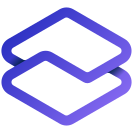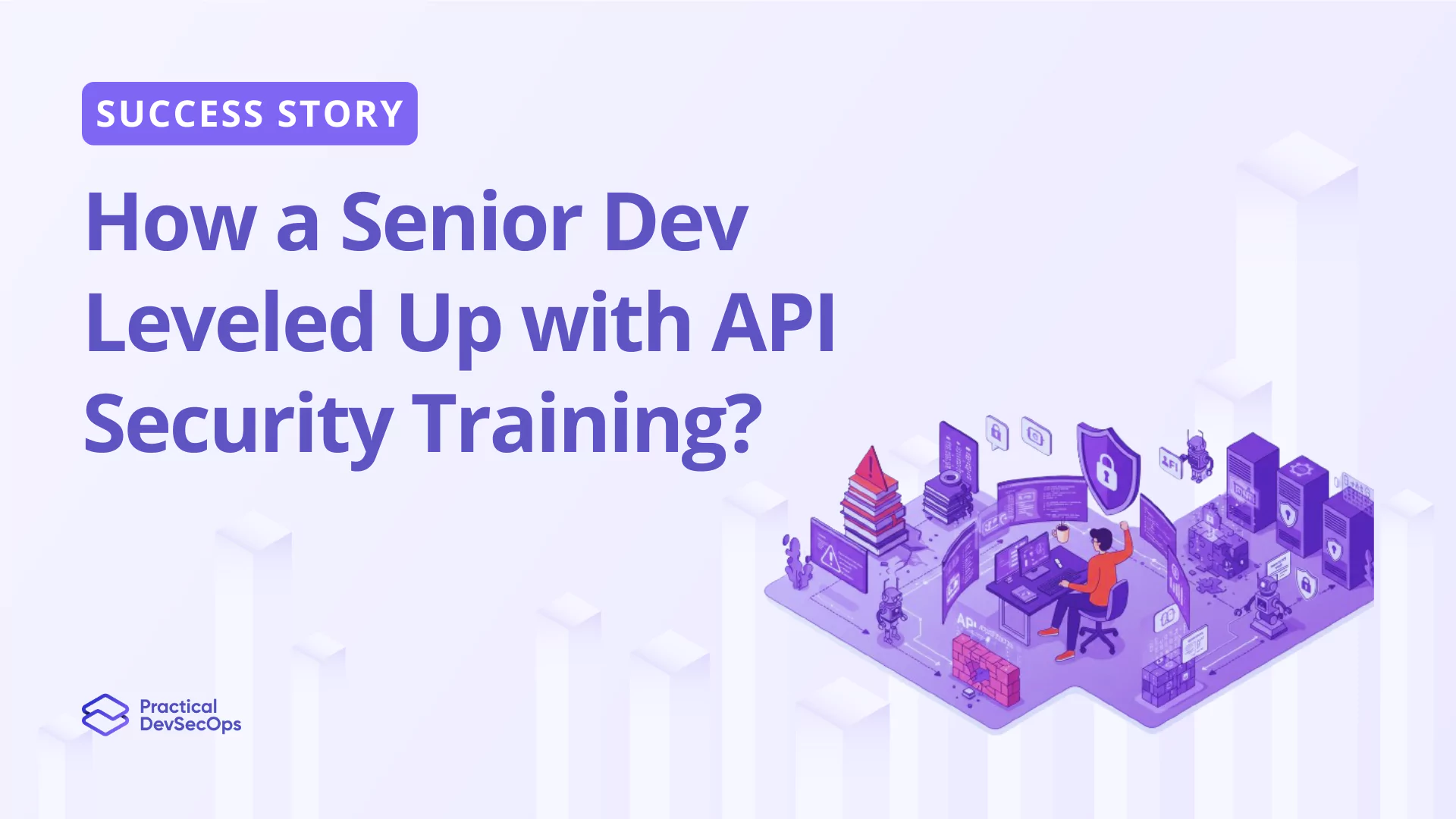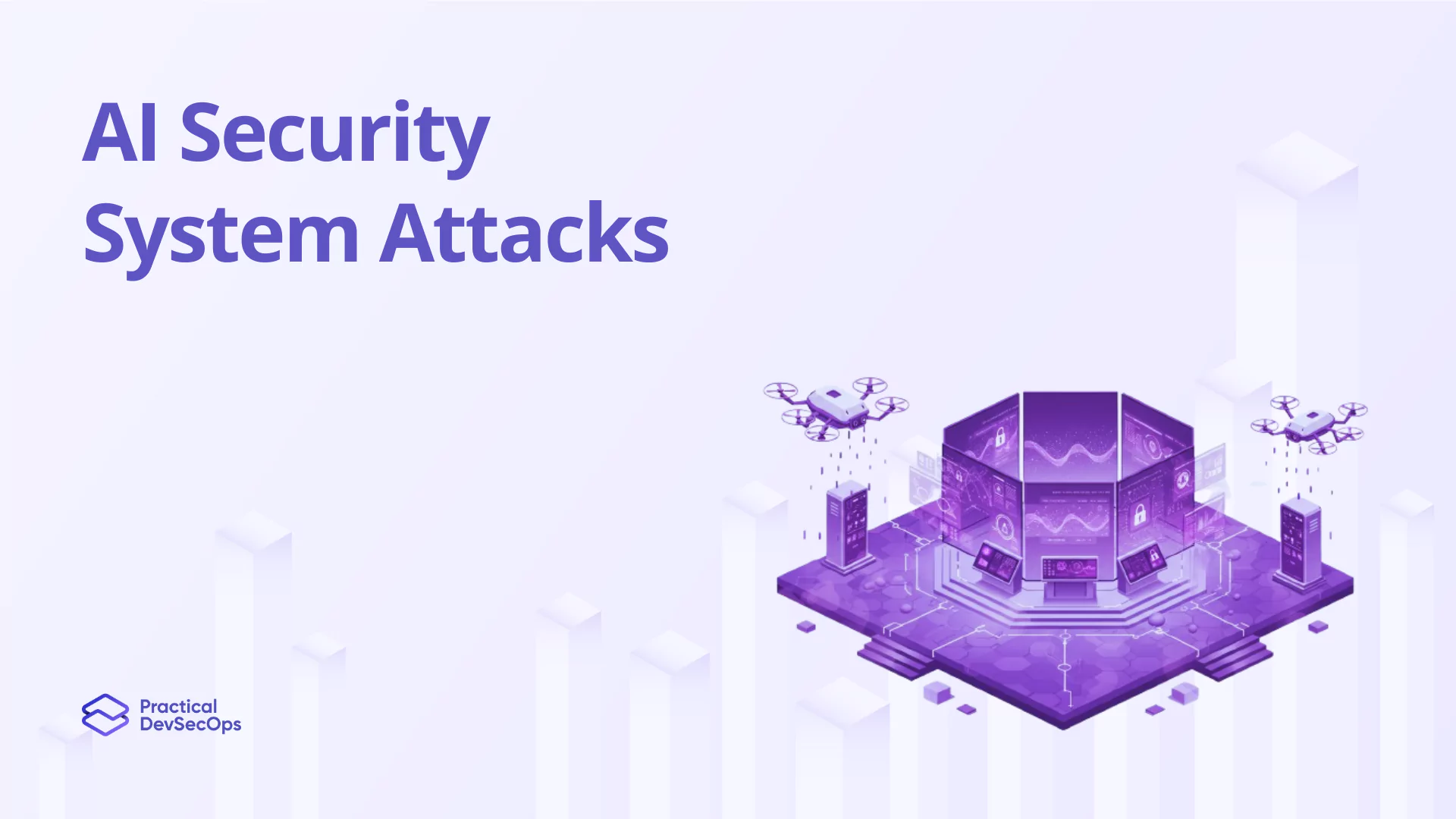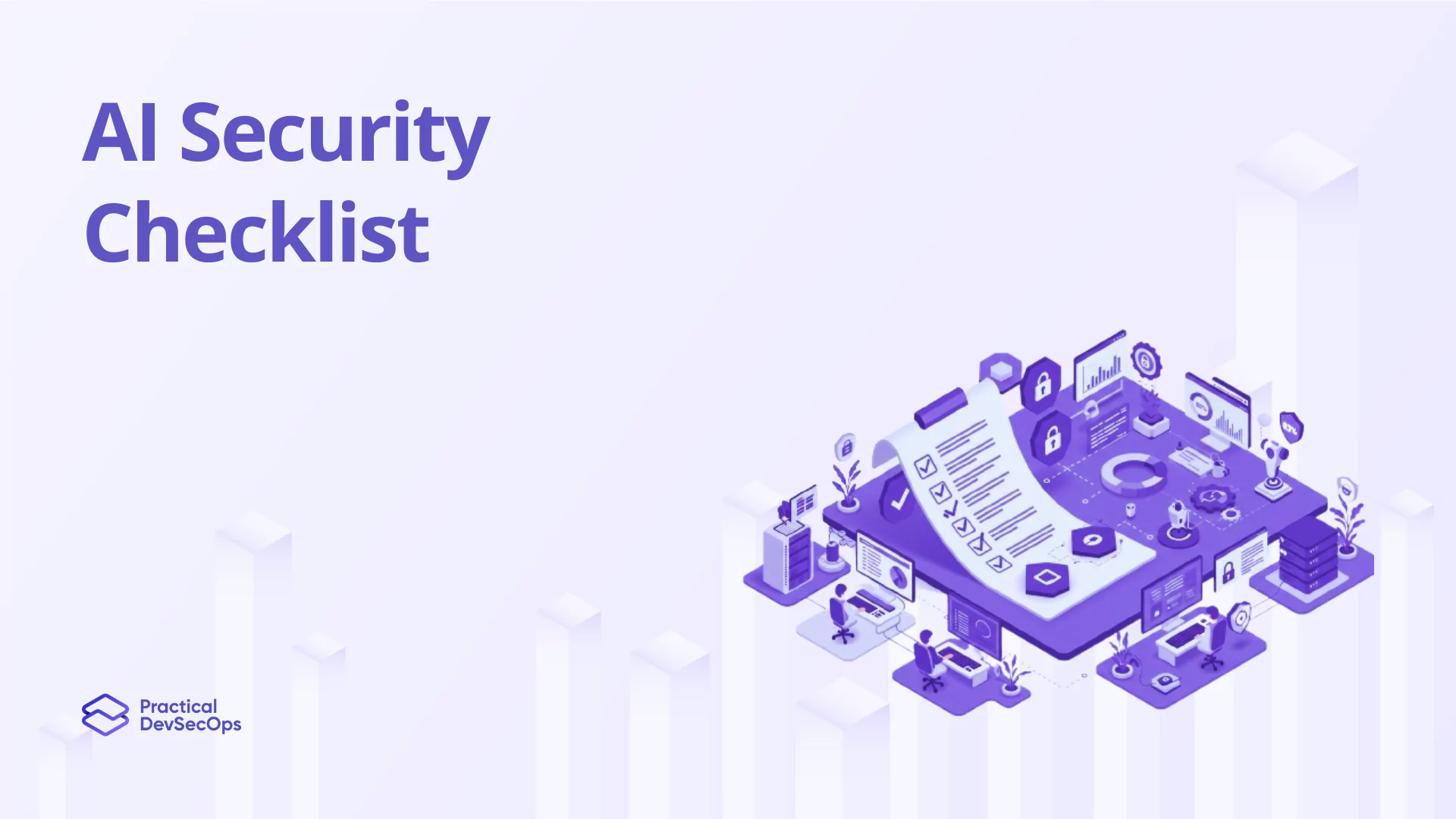Navigating the intricate landscape of software supply chain security needs sharp skills and deep knowledge. It implies critical assessment of candidates who possess the correct expertise as threats evolve. This blog sets out important interview questions and their responses that will help you spot the cream of the crop in this domain. So, arm yourself with these insights when hiring a top professional who will secure your software supply chain.
Also read about the Role of Software Bill of Materials (SBOM) in Supply Chain Security
List of Software Supply Chain Security Interview Questions and Answers
Can you explain the key components of a software supply chain?
A software supply chain includes source code, dependencies, build tools, deployment pipelines, and third-party services. Each component’s security is crucial to ensure the integrity and reliability of the software. Understanding the interplay between these components helps in identifying potential vulnerabilities and securing the entire chain effectively.
How do you estimate the security of third-party software components?
I use SCA tools to investigate third-party software components in the application I build to reveal known vulnerabilities. That covers ensuring the vendor is applying security policies, performing security audits at regular intervals, and reviewing their security practices until we are satisfied with them.
What are your tools and techniques for software composition analysis?
Some of the tools I use for SCA include OWASP Dependency-Check, Snyk, and Black Duck. These tools help to identify vulnerabilities, maintain dependencies, and assure the security policies. Regular scanning and monitoring of dependencies are important to maintain a secure software supply chain.
Can you describe a time that you discovered and mitigated a vulnerability in your supply chain?
In one previous project, I came to understand how crucial a vulnerability in the outdated library is. I quickly replaced it with a version that was secure, tested thoroughly to ensure compatibility, and set up monitoring in a way that even similar issues in the future could be secured in the supply chain.
Also read about the Best Software Supply Chain Security Tools
How do you maintain compliance with industry standards and regulations within your software supply chain?
To guarantee compliance, I proactively keep updated on industry standards, such as NIST and ISO; conduct regular audits for compliance; and align our practices according to the latest regulatory requirements. Ongoing monitoring and changes must be carried out to remain up-to-date with standards development and ensure a secure supply chain.
What role does a Software Bill of Materials (SBOM) play in securing the supply chain?
This is nothing but an all-inclusive list of all components and dependencies for any given software product. It helps in vulnerability management, license tracking, and promoting transparency throughout the supply chain. With this knowledge of what is included, we can manage and secure them effectively.
How do you manage the security of OSS within your supply chain?
Open-source management is best handled via SCA tools that conduct vulnerability scans on a regular basis. You should be strict with your versioning policy and participate actively in trusted communities. Mitigation of risks associated with open-source components requires constant update and monitoring.
How do you apply code signing to secure software components?
Code signing is the process of applying digital certificates on software components to confirm their identity and whether the software has been corrupted or remains whole. This process is aimed at guaranteeing that the code remains unchanged and that it was received from a trustworthy source. This, in effect, secures a chain of supply of software.
How do you usually secure CI/CD pipelines?
I secure CI/CD pipelines by putting security checks at every stage, using static and dynamic code analysis tools, and enforcing strict access controls. Incorporating security measures at each stage of the process of building an application is assured that the vulnerabilities are identified and covered in time.
How do you monitor and respond to supply chain security incidents?
I set up monitoring systems to detect anomalies and potential threats. An incident response plan is established, and regular drills are carried out to be ready in times of need. And when those incidents do occur, we analyze, contain, and remediate threats quickly to lessen the impact
Describe how you implement and manage secure development practices?
I implement secure development practices through the means of training, code reviews, and automated testing. Having a secure coding guideline such as OWASP embeds security into the lifecycle of development from the outset.
Which ways do you apply to ensure software packages have their integrity intact?
Lately, I have resorted to using hash verification and digital signatures to ensure my software packages have their integrity assured. These methodologies guarantee that nobody has tempered with the package and that the package is still authentic so it can safely be used and deployed throughout the supply chain.
How do you keep up with the latest threats and vulnerabilities in the supply chain?
I read security blogs, participate in professional networks, attend webinars, and subscribe to databases such as CVE and NVD. It’s a continuous process of learning and getting engaged with the cybersecurity community to always stay ahead of emerging threats.
How experienced are you in dependency management tools?
Independently, I have worked with dependency management using the Maven, Gradle, and npm tools to manage dependencies, updating them in projects to ensure their safety for compatibility with our systems while maintaining a secure supply chain.
Also read about the Software Supply Chain Security Strategies
Can you talk through the implications of a recent, large-scale supply chain attack and your approach to reducing exposure?
An example would be the SolarWinds attack which exemplifies the argument for very tight security with regard to supply chains. I can do a few critical things to mitigate this type of risk: thorough vetting of third-party components, the arrangement of continuous monitoring, and zero trust adherence to making every component secure and reliable.
How are you educating and enforcing secure coding practices among development teams?
I make regular training sessions; give modern resources; ensure the observance of coding standards; and integrate security tools into the process. With the help of this approach, developers would be aware of best practices in applying them while ensuring security is preserved.
How do you manage building artifacts along with security?
I’m able to manage building artifacts with the use of secure artifact repositories with tight access control, ensuring that all signed artifacts are tested periodically against any vulnerabilities. This provides the guarantee of integrity and security in the artifacts generated over the artifact lifecycle.
How do you assess the security posture of your suppliers and partners?
I do a full security assessment of my suppliers and partners by requiring them to adhere to our security standards, reviewing their practices with respect to security, and delivering audit results from time to time. All this ensures that they meet our requirements for security.
Could you explain provenance in the context of software supply chain security?
Provenance is used to determine the origin of all components—whence it came—and trust it not. Identify ways in which tracking source and history of components can prevent the introduction of malevolent code, keep the software supply chain secure and transparent.
Consider how you would be able to introduce automatic security testing into the lifecycle of development?
I follow a practice of automated security testing via static and dynamic analysis tools, dependency checks, and include these in the CI/CD pipeline. The above tactics aid in identifying and fixing security issues early on in the process.
Also read about the Building a Resilient Software Supply Chain Security
What are the important things to keep in mind when choosing third-party libraries and frameworks?
My selection of third-party libraries and frameworks for use in our applications is generally based on the following security parameters: their track record regarding security, community support, frequency of updates, and checking compatibility with our security policies. These elements assure the mitigation of risks and security in the software supply chain.
How do you handle security updates and patches for your software supply chain?
I handle security updates by allowing the system to put mechanisms into place, such as automated updates, ensuring the critical patches come at the top of the list, and guaranteeing testing on updates before deployment. Consistency in maintenance and updating, which is up to date, is a significant cure for vulnerability and assures continued security measures.
Describe your threat-modeling approach related to supply chain security?
Through threat modeling, I discover potential threats and evaluate their effect in order to design countermeasures that decrease the corresponding risks. Involvement of cross-functional teams ensures that a thorough exercise is conducted and vulnerabilities throughout the supply chain are identified and mitigated.
What is the biggest challenge you have found in securing software supply chains, and what did you do to overcome it?
Most critical issue: managing dependencies with known vulnerabilities. I have resolved this through establishing stringent dependency policies, continuously monitoring, and automated tools in place for alerting on risks, hence timely remediation of the risk—ensuring secure dependency management.
How do you balance the need for security with the need for rapid development and deployment?
I adhere to the DevSecOps approach in enabling an all-inclusive integration of security at each stage of development. This enables safe automation of fast releases, continuous loops of feedback, and balancing development speed with security.
You can also Download our Free PDF Safeguarding Software Supply Chains in the Digital Era
Conclusion
Mastering software supply chain security is vital in today’s evolving threat landscape. These interview questions and answers will help you identify top talent to safeguard your systems. To further enhance your skills and expertise, enroll in the Certified Software Supply Chain Security Expert (CSSE) course offered by Practical DevSecOps. Gain practical knowledge and industry-recognized certification to become a leader in securing software supply chains. Join us and elevate your career today!







0 Comments